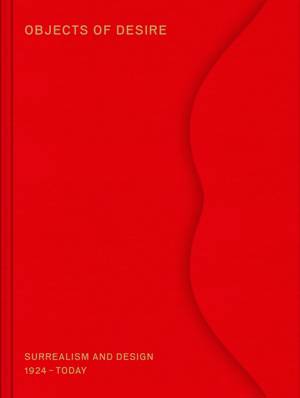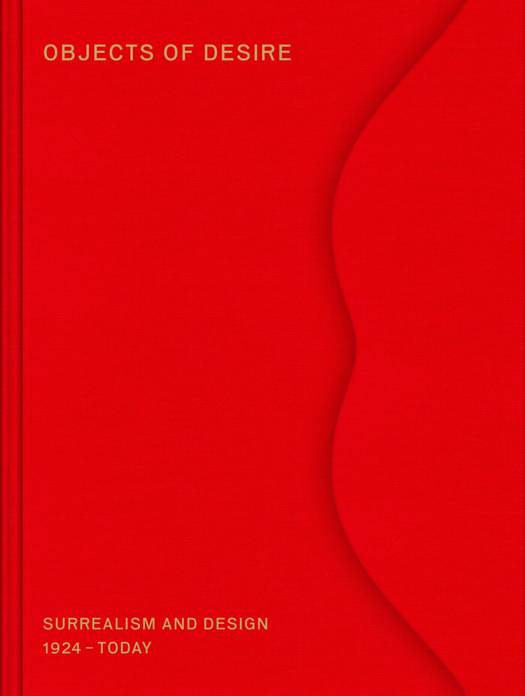
- Retrait gratuit dans votre magasin Club
- 7.000.000 titres dans notre catalogue
- Payer en toute sécurité
- Toujours un magasin près de chez vous
- Retrait gratuit dans votre magasin Club
- 7.000.000 titres dans notre catalogue
- Payer en toute sécurité
- Toujours un magasin près de chez vous
Description
Surrealism's enduring impact on furniture design, fashion, advertising and beyond
One of the most influential art movements of the 20th century, surrealism expanded our artistic and quotidian reality by drawing upon myths, dreams and the subconscious as sources of artistic inspiration. The movement began in literature and art, but by the 1930s it was beginning to have an impact on design--an influence that continues to this day. The fascination was often mutual: surrealism opened design up to the realm of dreams, and design could introduce surrealism to the wider world. "I try to create fantastic things, magical things, things like in a dream," Salvador Dalí said of his work. "The world needs more fantasy." Designers in fashion, furniture design, advertising, theater, film and architecture took up the call.
Objects of Desire: Surrealism and Design is the first book to document this fascinating conversation. The publication includes numerous essays and a comprehensive selection of images which trace the reciprocal exchanges between surrealism and design by juxtaposing exemplary artworks and design objects. Among the artists and designers featured in this volume are Gae Aulenti, Louise Bourgeois, Umberto and Fernando Campana, Achille Castiglioni, Giorgio de Chirico, Le Corbusier, Salvador Dalí, Marcel Duchamp, Frederick Kiesler, René Magritte, Carlo Mollino, Meret Oppenheim, Jerszy Seymour, and many others. Historical texts and short commentaries by contemporary designers round out the publication, putting the extravagant objects in context. In-depth yet appropriately fantastical, Objects of Desire makes one thing abundantly clear: form does not always follow function in design--it can also follow our obsessions, fantasies and hidden desires.Spécifications
Parties prenantes
- Auteur(s) :
- Editeur:
Contenu
- Nombre de pages :
- 380
- Langue:
- Anglais
- Illustré:
- Oui
Caractéristiques
- EAN:
- 9783945852330
- Date de parution :
- 19-11-19
- Format:
- Livre relié
- Format numérique:
- Genaaid
- Dimensions :
- 190 mm x 249 mm
- Poids :
- 1202 g







